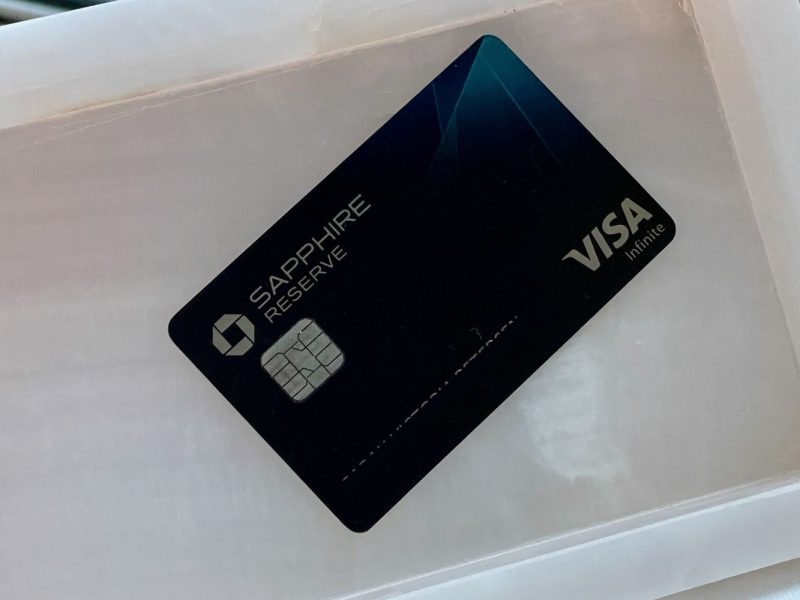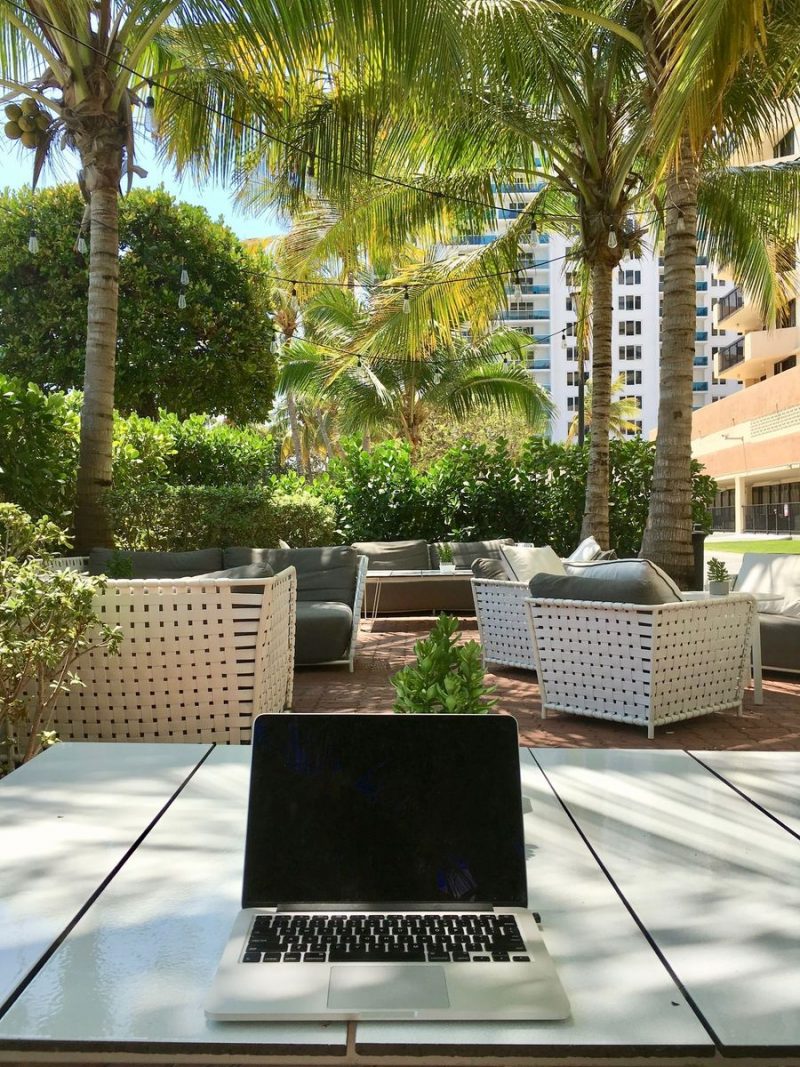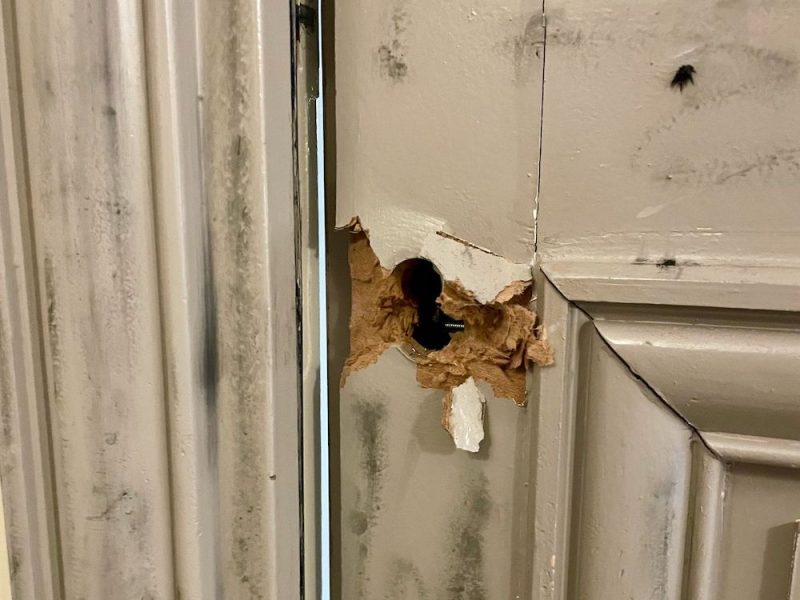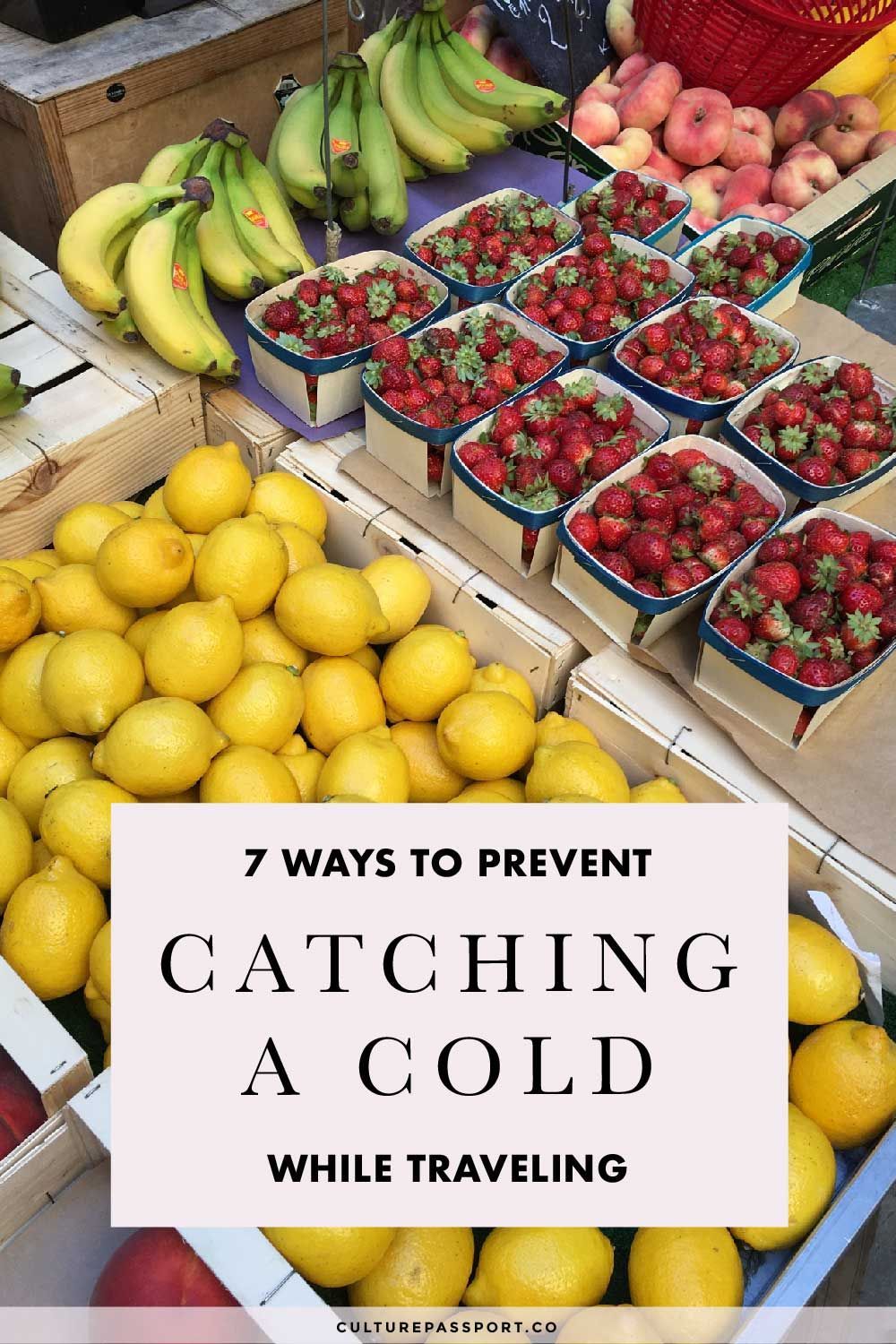How to Protect Your Money While Traveling
Theft is an unfortunate reality in today’s world. Travelers are a favorite target of thieves because they’re often distracted – by looking for a street name or just admiring a monument or new place they’re exploring. It’s necessary to protect your money while traveling so you don’t find yourself without access to money abroad or away from home!
As an avid traveler, I’ve come across quite a few tricks for protecting my money while I travel. Today I’m going to share how I store and protect my money while traveling – including when I go through the airport and when I go out for the day from my hotel.
Moving Through the Airport
Personally, I always keep my money and credit cards in two different places. I have a main wallet with half my cash and half my credit cards. I also have a separate secondary pouch for older credit cards and the other half of my cash. That way, if I lose one or it is stolen, I have the other as a backup.
I personally own two travel credit cards and two travel debit cards so I split them up perfectly. You may have more or less, but it’s always good to keep some things separately to prevent losing all access to cash.
You never want to travel with a lot of cash, but it’s a good idea to keep some cash in your pocket or shoe if you are traveling to a particularly questionable area prone to thefts.
Never, ever keep credit cards or any money in your checked luggage, unless you don’t mind having it stolen. It’s better to keep your secondary pouch in a different part of your carry-on luggage.
Going Out for the Day
Protecting your money when you go out for the day is just as important as when you are traveling from one place to another. When I go out for the day, I take my main wallet with me and leave the secondary pouch at home. That way, if one is stolen, I have the other to rely on.
As a side note, I always carry my keys in my pocket, not in my handbag or backpack. The idea is that if I am robbed, at least I can get back into my home.
“Fake” Wallet
If you are traveling in a particularly dangerous area, you may wish to purchase a cheap wallet and put $10 or so and some expired credit cards inside it, in case you are robbed. You can give the “fake” wallet to the thief if you are held up, without losing too much.
Thankfully I have not had this experience, but it was a tip that I read about when researching tips for traveling to South America. I think this option is overkill for travel through western nations like the US & most of Europe, but I wanted to include it just in case!
What’s Inside Each Wallet?
You may be wondering what exactly is inside each of my wallets. Here is how I have things set up. First I’ll share the different accounts that I hold.
I have two credit cards. One I prefer more than the other: we’ll call this one the “Primary Credit Card” and another that is older but I no longer use, a “Backup Credit Card.”
I also am a customer of two separate bank accounts each of which has its own checking and savings accounts. In the primary one, I keep the vast majority of my money and I have a Primary Debit Card attached to that account. If someone were to know the PIN of that card, they could drain my entire savings account. The second bank account holds far less cash (around $200), and I use a Secondary Debit Card to withdraw cash from this account when I travel.
Main Wallet
These are the card I keep in my main, everyday use wallet:
- Primary Credit Card – the credit card I prefer to use for daily purchases
- Secondary Debit Card – the debit card attached to a secondary account with no more than $250 inside at any time
Secondary Pouch (in the event of a theft)
These are the secondary cards that get left at home:
- Backup Credit Card – An active credit card that will work if I need it to
- Primary Debit Card – The debit card attached to my main bank account that I can use if I need to, but generally prefer not to
The idea is that if my main wallet were stolen or I unknowingly used an ATM with a skimmer, the thief could not drain my savings account since he would not have access to it. The most he could drain is around $200 or whatever cash I have in that secondary bank account.
If you don’t know what a skimmer is, it’s essentially a small device used to read & steal debit card numbers, usually attached to a bank’s outdoor ATM. Be sure there is no strange object attached to an ATM before using it and prevent someone from “skimming” your debit card number.
The reason I carry my primary credit card with me is that the points are better and there is a lot more protection against fraud when it comes to credit cards. The thief would have to know my signature, zip code, and more to use the credit card. A credit card company could refuse to pay for any purchases with a stolen credit card since the merchant didn’t verify I was the owner of the card either by signature or showing an ID.
With a debit card, the money is withdrawn automatically, so you have much less recourse in the event of a fraudulent purchase after a theft. That’s why I recommend holding a secondary bank account with a small amount of money inside it to withdraw cash as needed. I hold a Charles Schwab Investor Checking account for this exact purpose!
Keeping Money Safe In Your Hotel/Accommodation
You also have to think about keeping your money, passport, and valuables safe at your hotel or apartment when you leave for the day to go sightseeing.
I bought a PACsafe bag to lock up my extra money, credit cards, and passport at home. This is a bag that is completely theft-proof. You simply wrap the wire around one of the pipes in the house and set a passcode. Thankfully I haven’t experienced a theft, but this bag would surely baffle an intruder!
Foreign Bank Accounts
If you plan to spend a long time in a foreign country, it’s smart to open a bank account there so you have access to some money in the country in case you need it. I opened a bank account in France, for example.
I hope this post was helpful in teaching you how to protect your money while traveling. As long as you are smart about where you keep your money, an unfortunate event won’t ruin your trip completely!





